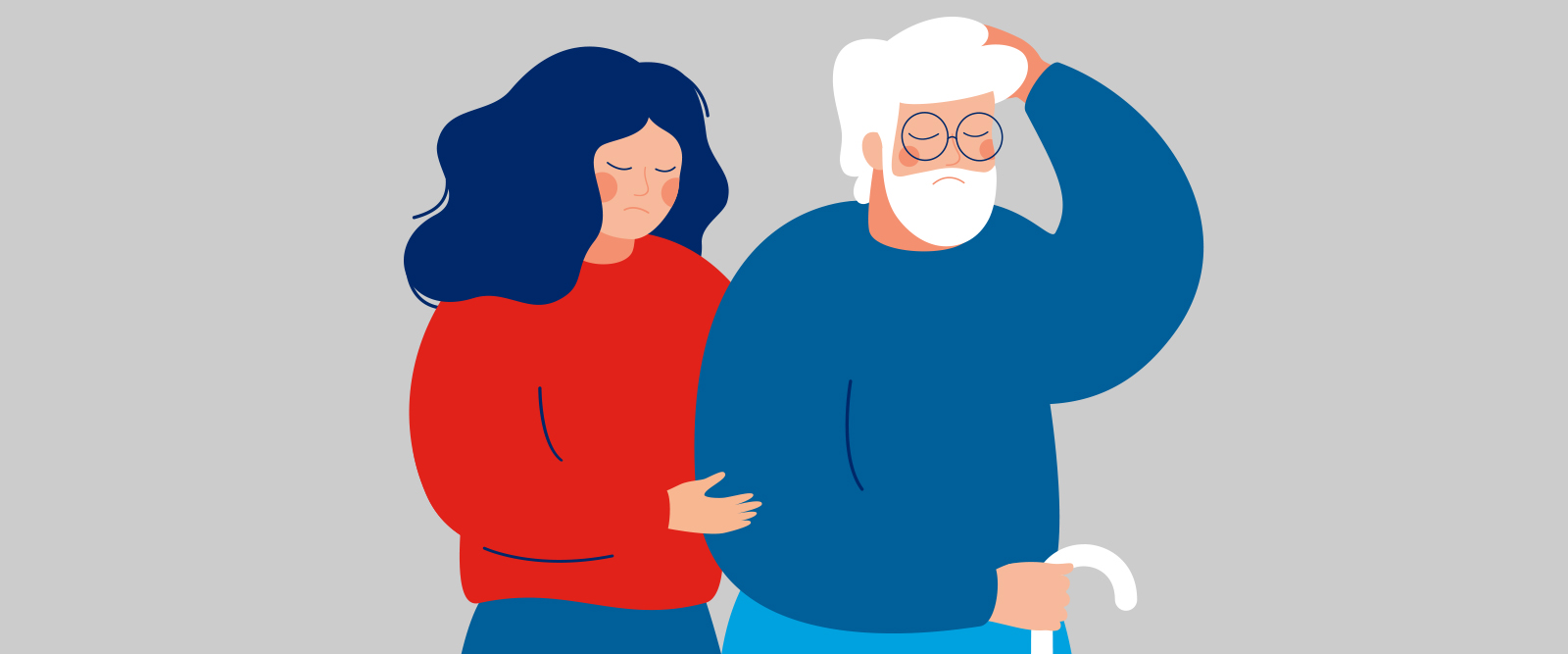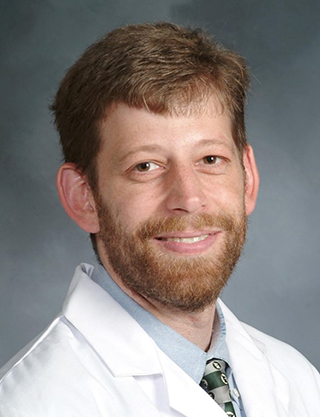Standing Up for Vulnerable Patients
A pioneering team at NewYork-Presbyterian/Weill Cornell Medical Center helps protect victims of elder abuse.


There are certain injuries that Emergency Department (ED) physicians know to look for in a child that raise red flags for abuse. For example, “Children aren’t supposed to have rib fractures,” says Dr. Tony Rosen, an assistant attending physician at NewYork-Presbyterian/Weill Cornell Medical Center. “They require a lot of force; it’s a very uncommon injury and strongly suggestive of something bad, potentially abuse.”
Unfortunately, those same injuries in an elderly person, who may bruise more easily because of being on blood thinners or may have brittle bones from osteopenia or osteoporosis, might not set off the same alarm bells. “It’s too common, so hospital staff may think it’s a result of a fall or other minor, unintentional injury,” says Dr. Rosen.
NewYork-Presbyterian/Weill Cornell Medical Center’s Vulnerable Elder Protection Team (VEPT) is working to change those assumptions.

Dr. Tony Rosen
Launched in April 2017, VEPT is a first-of-its-kind initiative that aims to improve detection of cases of elder abuse in the ED and intervene. VEPT not only provides victims with appropriate medical care, but also aims to protect them after discharge, which could include connecting them with social services for home-based assistance or facilitating placement in a shelter or care facility. The program was established by Dr. Rosen, who is also an assistant professor of emergency medicine at Weill Cornell Medicine and a pioneer in the field of using the ED as an intervention point for elder abuse.
Approximately one in 10 adults over age 60 who live in their homes have suffered some form of mistreatment, including physical, psychological, verbal or sexual abuse; financial exploitation; or neglect, according to a 2015 study in the New England Journal of Medicine. For every case of elder abuse that is reported in New York state, 24 are not, a landmark report, the 2011 New York State Elder Abuse Prevalence Study, found.
The VEPT program is modeled after the multidisciplinary teams that have long been deployed in cases where child abuse is suspected. The program comprises three physicians in the NewYork-Presbyterian/Weill Cornell ED, all of whom have completed Weill Cornell Medicine’s fellowship in geriatric emergency medicine, in addition to several physician assistants and two social workers. If an ED staffer suspects a patient is a victim of abuse, the team can be activated by pager 24/7, like other specialty consults.
“Sometimes the Emergency Department is the only opportunity for a patient who is vulnerable and subjected to abuse to see a healthcare provider,” says Dr. Michael Stern, an associate attending physician and associate professor of clinical emergency medicine at NewYork-Presbyterian/Weill Cornell Medical Center, who is one of the VEPT physicians. “These are patients who are sequestered away, who are scared, and who might not have the mobility or means to have follow-up care with a regular provider.”
As the physicians note, elder abuse cases are not only heartbreaking but often excruciatingly complicated. A person’s caregiver may also be their abuser, and, as much as an older adult may want the abuse to stop, he or she may have an even greater fear of being removed from familiar surroundings and placed in a nursing home. Experts also believe that the frequency and severity of abuse has increased during the COVID-19 pandemic — with more older adults isolated; community-based resources limited; and evidence suggesting that rates of other types of family violence, such as intimate partner abuse, have risen — making a program such as VEPT even more important.
Identifying Victims
While the VEPT program works with patients suffering from all types of mistreatment, there is a focus on physical abuse, given the program’s position within the Emergency Department. That work dovetails with ongoing research by Dr. Rosen and colleagues on ways to distinguish unintentional injuries from those caused by acts of violence. Given that elder abuse is seldom detected — and even when it is, issues of informed consent would be challenging in cases where victims suffer from dementia — Dr. Rosen and his collaborators needed a creative approach to conducting their research. They worked with the district attorney’s office in Brooklyn, which provided detailed documentation of physical injuries in criminal cases of elder abuse. As a comparison control group, they gathered data on more than 500 older adults who came to the ED after a fall (and whose injuries were definitively shown not to have stemmed from abuse) and consented to participate in the study.
Together, that body of information allowed the researchers to discern some key differences between injuries in older adults who have suffered abuse and those who have had an accidental fall. “We found a couple of critical things,” says Dr. Rosen. “The first is that abuse victims are more likely to have injuries on the left side of their face, which is consistent with research in intimate partner violence and child abuse.” The simple reason: Most people — and therefore most abusers — are right-handed.
They also found that injuries to the ear are almost always due to abuse, and the same is true of the neck. “When you fall, the neck is protected by your shoulder and your face,” explains Dr. Rosen. “One of the only ways to injure your neck,” he adds, “is to fall against the edge of a refrigerator or a table — and that already sounds unlikely.”
Another red flag: injuries on the face but not on the legs, because if you fall, “You’re supposed to have injuries all over your body,” says Dr. Rosen. “Therefore, it’s not just the presence of injuries, but the simultaneous presence and absence that may be helpful.”
A Vital Resource
Since VEPT’s inception, it has been activated more than 300 times — an average of about twice a week. Though abuse was ruled out in some of those cases, Dr. Rosen and his colleagues note that the activation numbers underscore the fact that clinicians are becoming increasingly aware of the phenomenon and are eager to tap resources to combat it. “These cases are really time-consuming and complex, and knowing that there’s a team that can provide support and assist in their management has helped boost identification, intervention, and understanding,” says social worker Alyssa Elman, who manages the VEPT program and serves as a liaison to community agencies that aid victims.
While VEPT was intended as an ED resource, it has also responded to requests from colleagues elsewhere in the hospital. And through a dedicated phone number, elders suspected to be abuse victims can be transported directly to the NewYork-Presbyterian/Weill Cornell ED for evaluation by VEPT staff. Deborah Holt-Knight, deputy commissioner of New York City’s Office of Adult Protective Services, points out that VEPT gives social workers an option of taking someone out of a dangerous situation and bringing them to an ED where people are equipped to deal with their issues. “I believe that this resource is going to save lives,” she says.
Under a three-year, $2 million grant from the New York State Office of Victims Services that Weill Cornell Medicine and NewYork-Presbyterian were awarded in summer 2019, the team will expand further, with plans to add a geriatrician and to offer VEPT’s expertise to other NewYork-Presbyterian Emergency Departments through telemedicine technology.
Dr. Rahul Sharma, emergency physician-in-chief at NewYork-Presbyterian/Weill Cornell and chairman of emergency medicine at Weill Cornell Medicine, says VEPT addresses an important societal need. “Elder abuse is something that we probably don’t talk about enough, and it’s under-recognized. There’s no better environment than the ED to identify these patients.
“A lot of these elder abuse cases would come back numerous times, and it was very hard to put the pieces together; if you thought someone had a fall, you’d suture up the laceration and think you were done. But now, by identifying these patients, getting them on the right track, and giving them the appropriate support system, we’ve been able to reduce visits to the ED and change their living situations at discharge. We can have a tremendous impact on their lives.”
A version of this story first appeared in Weill Cornell Medicine’s newsroom.

